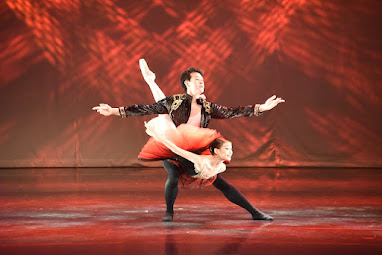Ballet shows are perhaps the most popular artistic dance performances across the world. Known for its rigid technique, prima ballerinas and full history, ballet originated during the Italian Renaissance in the fifteenth century when it served as an amusement spectacle for noblemen and women. Later on it developed into a concert dance form in France and Russia. At the time, it was concerned with the supernatural world of spirits and magic and often showed women as passive and fragile. With its popularity being high in Russia during the 20th century, Russian choreographers and composers took it to new heights.
Since then, ballet has become a widespread and highly technical form of dance with its own vocabulary. It comprises the choreography and music for a ballet production and is choreographed and performed by trained ballet dancers. Traditional classical ballet shows are usually performed with classical music accompaniment and using elaborate costumes and staging, whereas modern ballets are often performed in simple costumes and without elaborate sets or scenery. Classical forms, traditional stories and contemporary choreographic innovations intertwine to produce the character of modern ballet.
Ballet has been influential globally and has defined the foundational techniques which are used in many other dance genres and cultures. Various schools around the world have incorporated their own cultures. Classical ballet and culture changes go hand in hand and as a result ballet has evolved in distinct ways. Today, traditional ballet dance is multi-faceted and still strong.
Image Source: https://www.flickr.com/photos/kedubesaustralia/48227165361
.

Δεν υπάρχουν σχόλια:
Δημοσίευση σχολίου